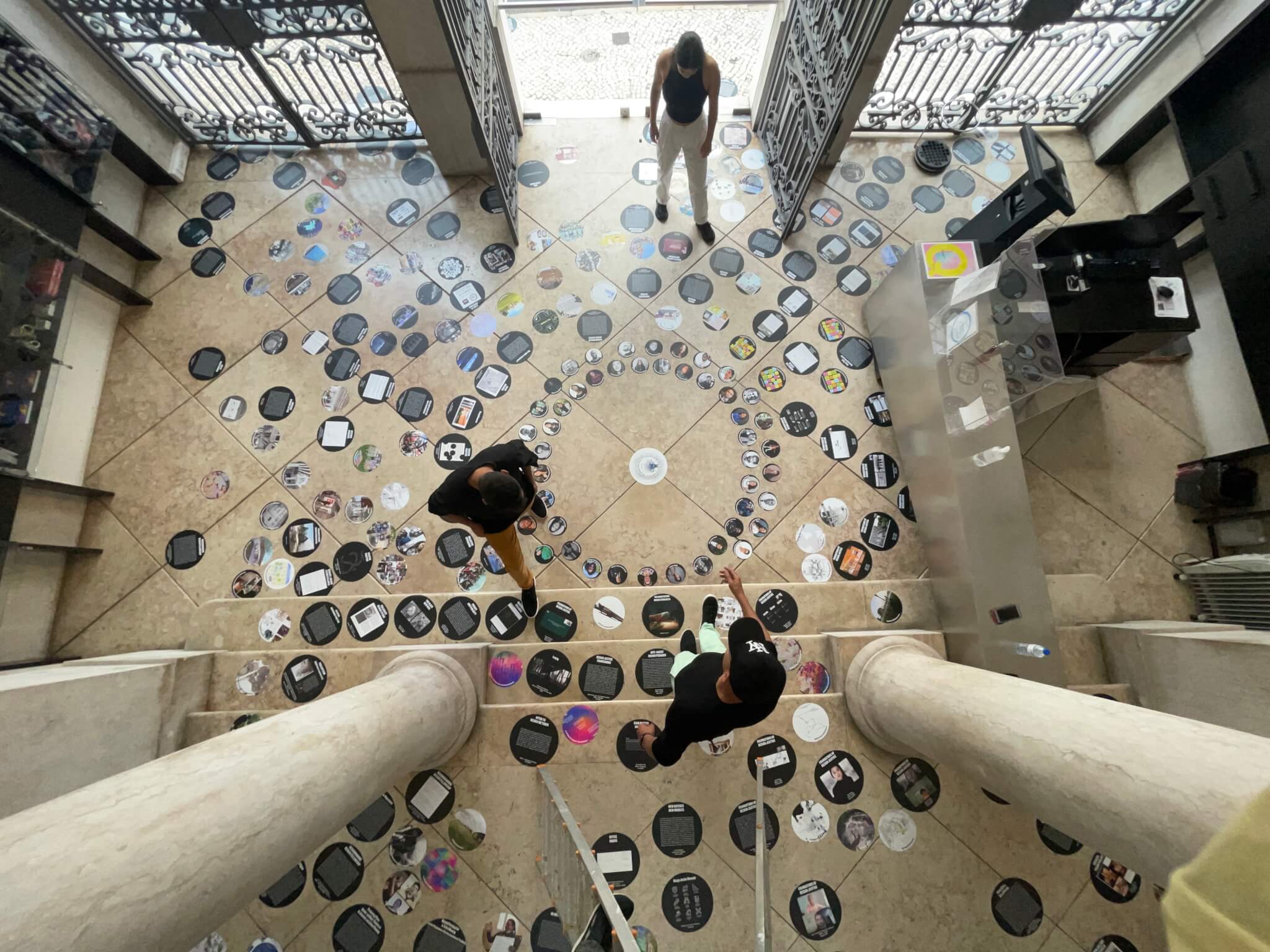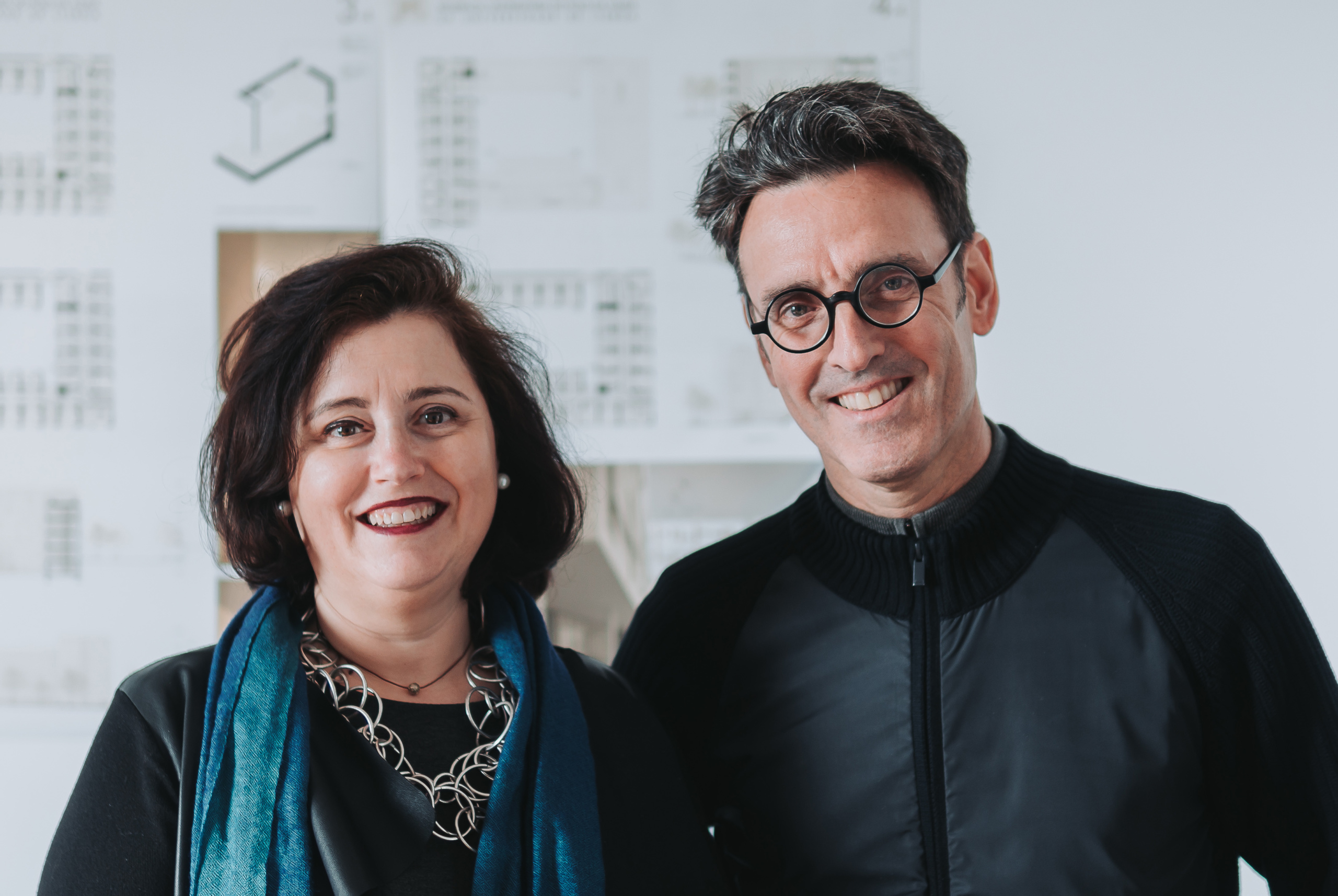The Lisbon Architecture Triennale may have aspirations to international importance, but is really more interesting for what it says about the city’s potential as a regional center rather than a world city like London or New York (more on that in my next post). While most of the Triennale’s three major exhibitions take place in large public event spaces, there is one “official” ancillary event in a small commercial art gallery that has something to contribute to the world architecture scene.
The show Interiors is at the Cristina Guerra gallery on Rua de Santo António à Estrela, which seemed to be an out-of-the-way residential neighborhood, but I was told that it is the most important international gallery in Portugal. The exhibition features the interior design work of Portuguese architect Pedro Gadanho, who also serves—not always a good idea—as his own curator. But Gadanho has been asking artists for at least 10 years to document his own design work, and has been smart in his selection of collaborators. The work on the walls is allowed to showcase the artists’ conceptions and insights alongside Gadanho’s interior design.
He claims his work is about “difference, intimacy, and desire,” and this does come out in the work, which includes a video, two photography installations, and a wall-hung paper construction. While the video by Filipa Cesar carefully and beautifully tracks the minute details of a domestic storage room, the color photographs of Casa Baltasar by Fernando Guerra foreground the details of a house Gadanho designed for a bachelor. In one image, a bright forest-green kitchen leads into a red wall, the entrance for a bright red bedroom shown in the image next to it—just the “desire” of every bachelor’s dreams. There are also two abstract yet architectural images of the Elipse Foundation, designed by Gadanho in 2006, and a seductive, lozenge-like view of a bathroom by Edgar Martin. I have never visited any of the interiors in the show, so am not sure if they fulfill the designer’s claim (this is where an independent curator would have been helpful) to “difference and desire” in his work. But here on the walls of the gallery, the artists aptly make his case for him.










